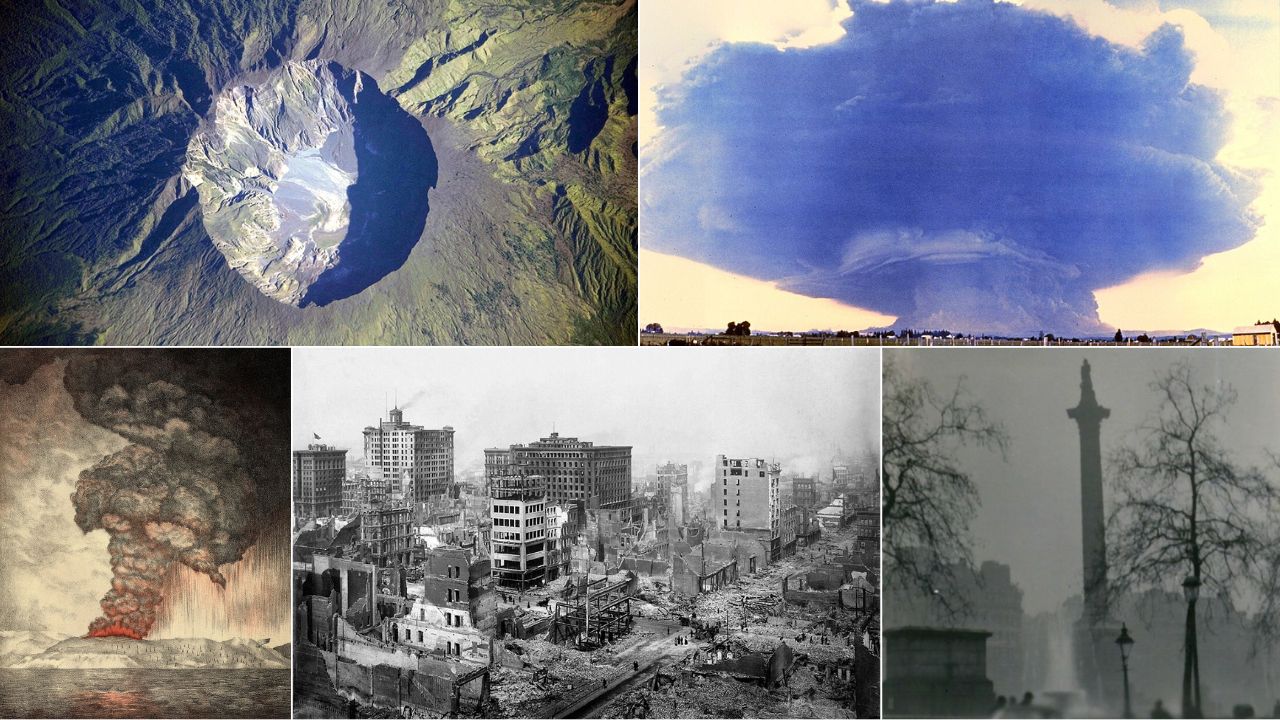The 1960s birthed “just for fun” trends that outlived their moment. These seven began as youth crazes yet left proof you can still measure today, from Olympic medals and safety codes to design rules and fandom economies. Each entry anchors a fad to dates, places, and outcomes, not guesses. You will see how tie dye became school art, how sidewalk surfing turned into a global sport, and how a novelty lamp shaped dorm lighting. Short-lived hype sometimes rewires daily life.
1. Tie-dye shirts

Hand-dyed tees exploded in the late 1960s at festivals and college quads. Cheap squeeze bottles and rubber bands put color theory in every dorm, and kits soon listed fiber content and wash temperatures that actually worked. Schools adopted tie dye for art class because patterns teach resist techniques and primary mixing in one session. The fad also normalized DIY fashion, which feeds today’s upcycling clubs and maker markets. What looked like weekend fun trained practical skills in colorfastness and textile care.
2. Skateboarding
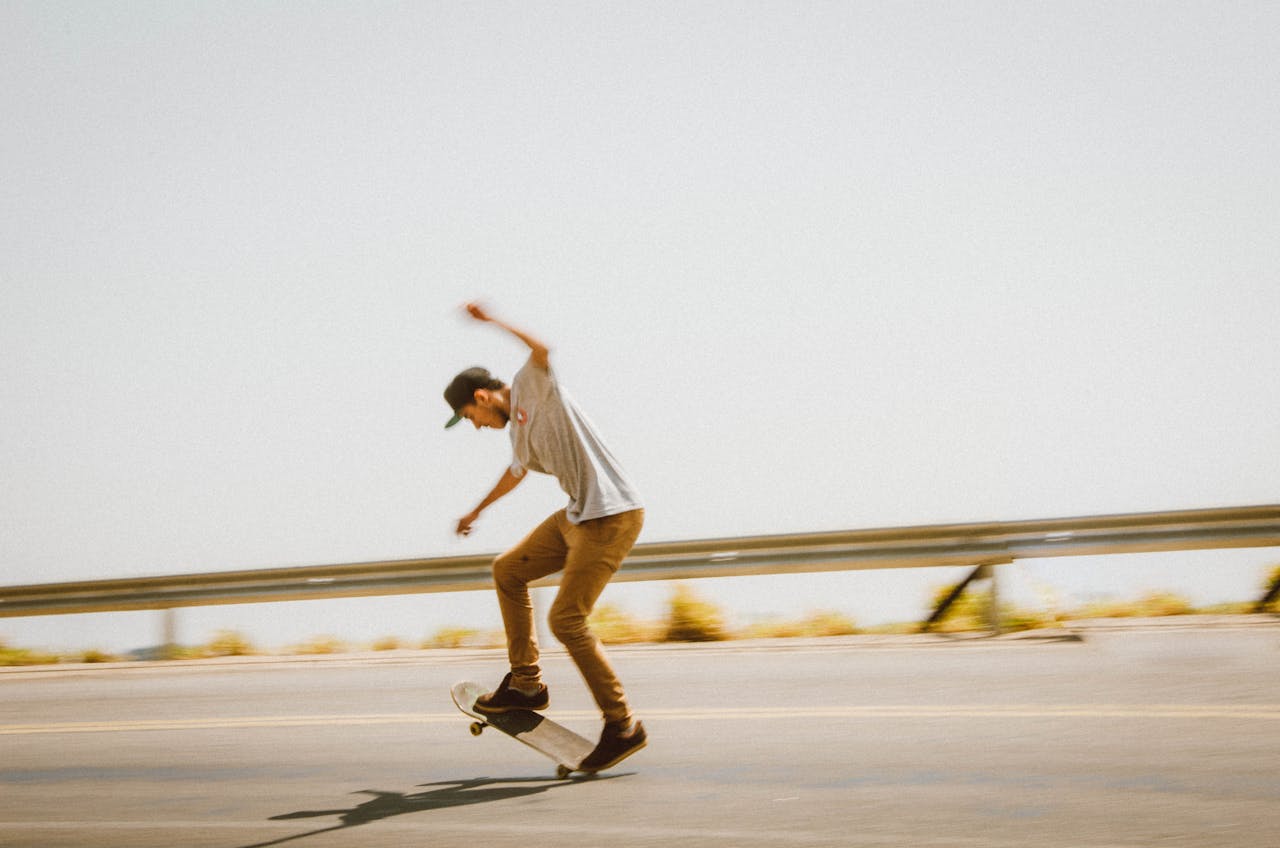
Sidewalk surfing showed up in the early 1960s when kids screwed roller skate trucks to narrow boards. By 1963, Hermosa Beach held the first contest, and magazines covered slalom and freestyle. City bans followed when clay wheels slipped, but the idea stuck. New materials and safety standards later turned a fad into a sport with parks, helmets, and coaching. The culture taught camera skills, ramp building, and urban design awareness, and the modern payoff is clear: skateboarding is now an Olympic event.
3. The miniskirt
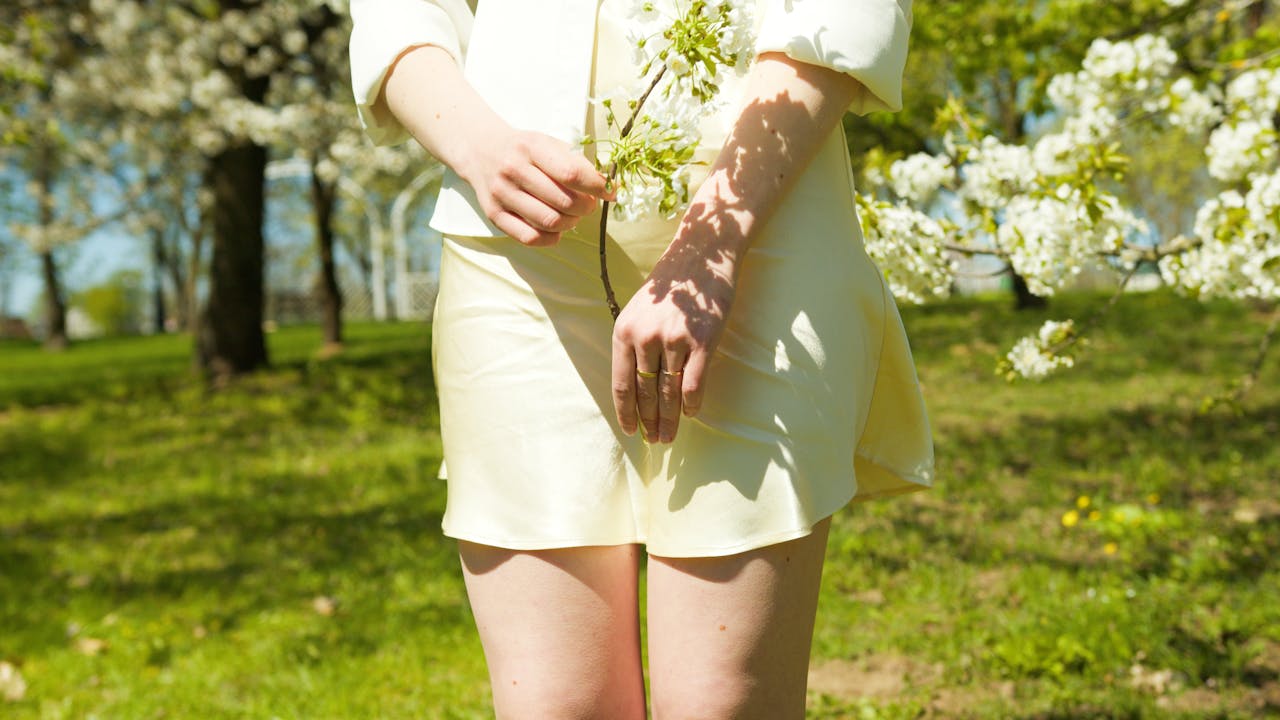
Hemlines jumped above the knee around 1964 in London and Paris, with Mary Quant and André Courrèges credited for the look. The cut forced pattern makers and retailers to respond to youth demand quickly, helping shift fashion cycles toward faster turns. It also changed how schools and offices wrote dress codes, documenting where culture was negotiating freedom and professionalism. Decades later, debates still cite that first leap in length. The garment was a fad, but it permanently moved who leads trends.
4. Lava lamps
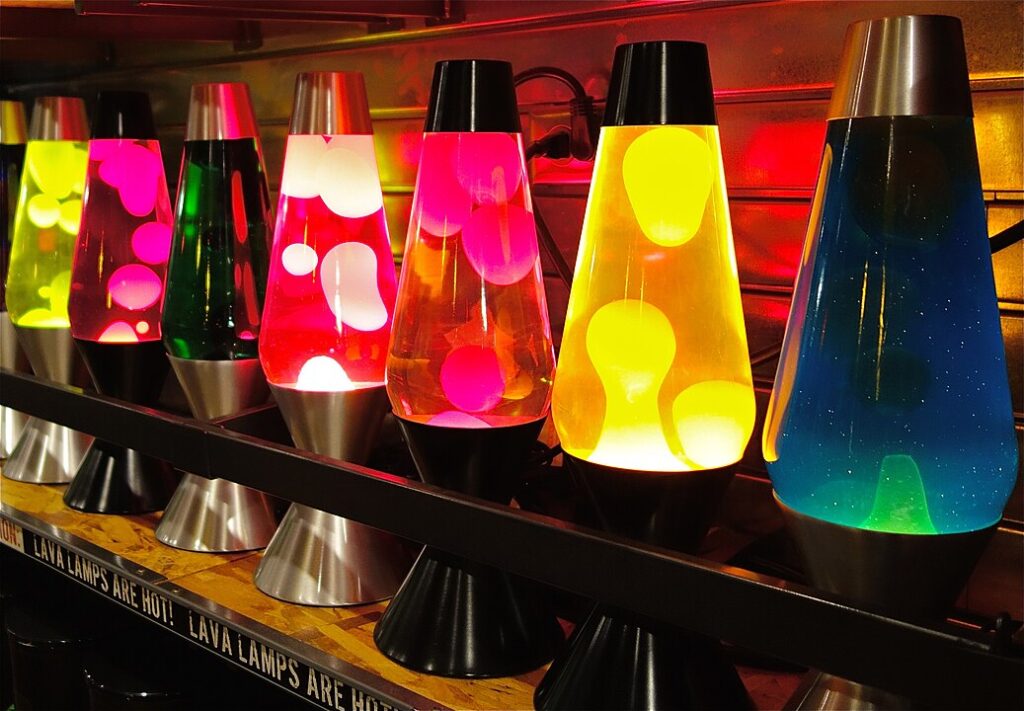
Invented in 1963 and sold as mood lights for flats and dorms, lava lamps brought slow physics into living rooms. Heat moves wax through liquid, showing convection and density changes without a lab bench. The lamp became a design shorthand for relaxed spaces, and it helped push low glare, ambient lighting into mainstream interiors. Modern LEDs recreated the vibe with cooler bulbs, but the original glass globe still teaches why temperature changes flow. A novelty turned into a quiet design rule.
5. Beatlemania
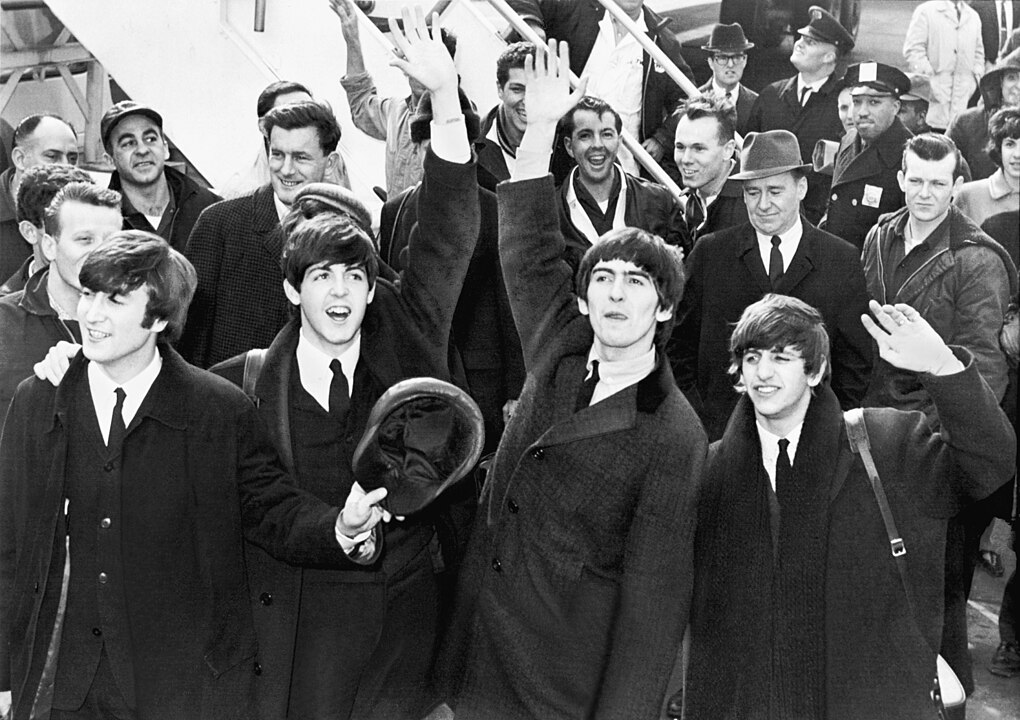
In 1964, an estimated tens of millions watched the band’s first U.S. TV appearance, and stadium shows soon followed. The frenzy taught promoters how to mic huge venues and manage security for amplified pop acts. Fan clubs and licensed merchandise set templates used by later artists, from photo cards to tour T shirts. In the studio, longer singles and album focused releases shifted radio and retail. What began as screaming crowds built a durable fandom economy and modern concert logistics.
6. Psychedelic posters and light shows
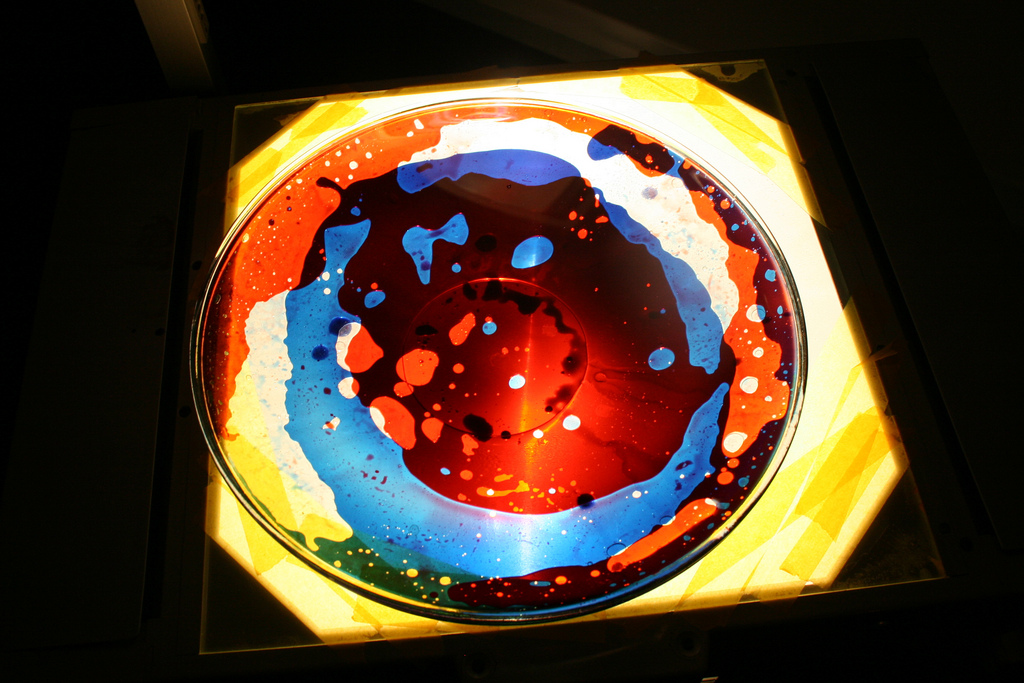
Late 1960s venues like the Fillmore used hand-lettered posters, fluorescent inks, and overhead-projector liquid light shows to sell gigs. The look trained a generation in type as image, color contrast, and legibility at a distance. Those lessons moved to album covers, magazine layouts, festival branding, and eventually digital interfaces that borrow gradients and glow. Blacklight paints also pushed safety labels and pigment testing as printers learned what fades and what holds. A décor wave quietly reset graphic design tools and rules.
7. Model rocketry
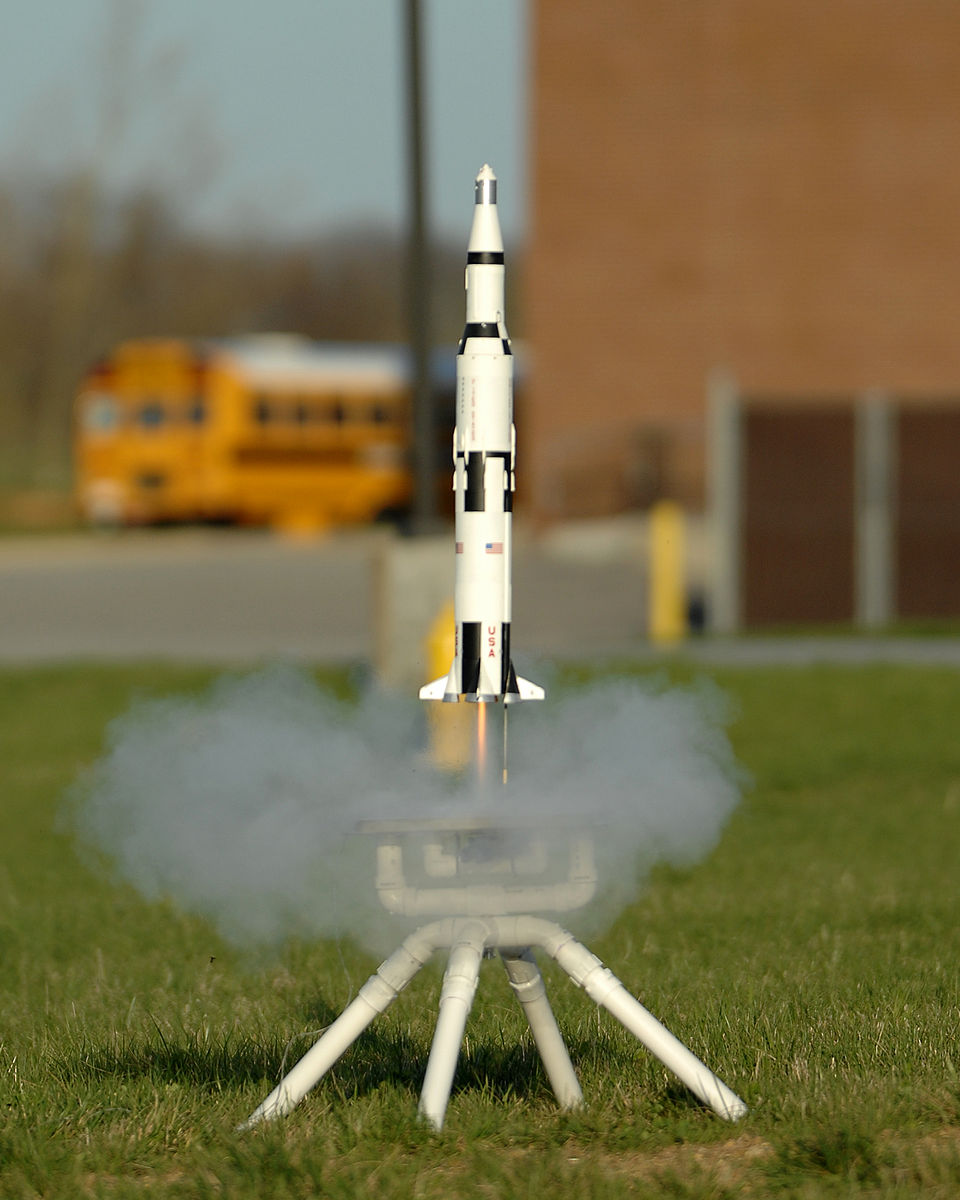
The space race made kit rocketry a backyard craze by the mid 1960s. Mail order companies shipped balsa fins, paper tubes, and solid fuel motors along with a safety code that schools adopted for science fairs. Launch logs taught measurement, basic aerodynamics, and risk control with range officers and checklists. Alumni of those clubs now fill aerospace labs and robotics teams. A kitchen table hobby produced a pipeline of hands-on STEM practice that still fires on weekends across the country.


